As a follow-up to yesterday’s post on how heel-toe drop (in reality, heel-forefoot drop) and foot length interact to determine the slope of the footbed in a shoe, I thought I’d put up a short post showing how exactly I measure heel-forefoot drop in running shoes.
When I first wrote on this topic a few years back I described a really rough measurement method that involved a bar clamp and a ruler. The method was not very precise, but it worked well enough to get a reasonably good idea of what the sole height differential was.
Nowadays I utilize a simpler and more accurate tool – a digital iGaging C-caliper (also called an outside caliper). Here’s what the caliper looks like:
To measure a shoe, you simply open the caliper up and pinch the sole with the two arms of the “C” like so:
For the heel, I place the tip of one of the arms in roughly the center of the heel, and the other on the outsole immediately below (being careful that the tip doesn’t wind up in an outsole groove which will lead to a thinner sole measurement). Thus, the thickness of the sole is pinched between the tips of the arms, and the distance between the tips is displayed on the caliper output screen.
For the foefoot, I slide an arm between the lateral tongue and the upper as far forward as I can go, thereby pinching the sole roughly under the region of the ball behind the little toe. Here are two photos:
Using this method I measured the sole of the Altra instinct 1.5 at about 18mm thick in both the heel and forefoot (note that the forefoot measure in the photo says 18.2mm – this minute difference is most likely due to the fact that trying to hold the caliper and take a photo at the same time was quite a challenge!).
This method works great for shoes, and also works great for measuring just the height differential of the insole – to my surprise many shoes have heel lift built into the removable insole, and I have taken to swapping these out for a thin, flat one (typically the Skechers GoBionic insole) in many of my shoes.
So there you have it, a simple and easy way to measure heel-forefoot drop in shoes that doesn’t require hacking the shoe in half lengthwise. Should you desire to try this yourself, the iGaging caliper is available at Amazon for about $30.
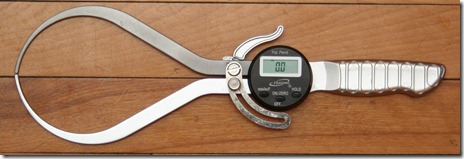
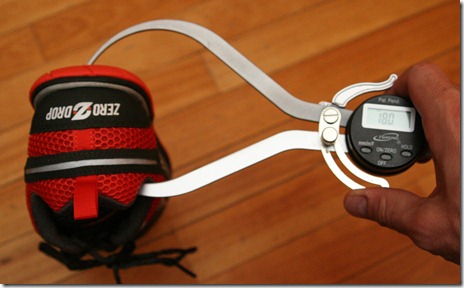
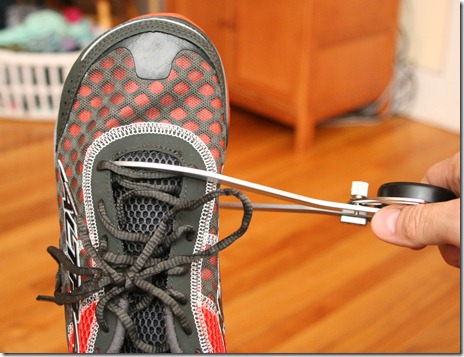
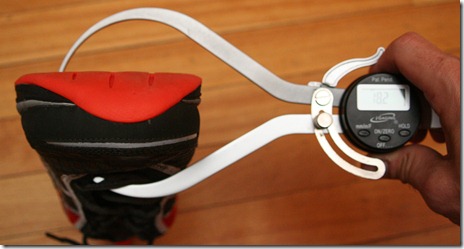
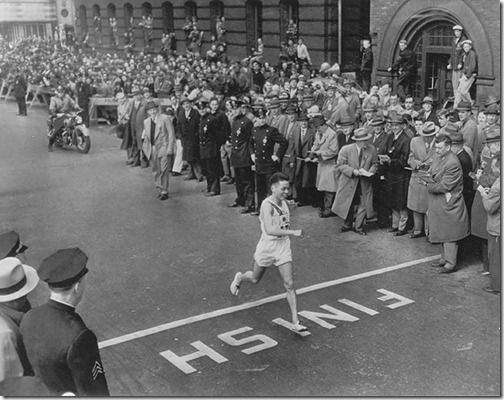
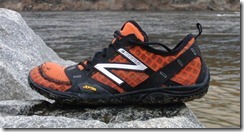

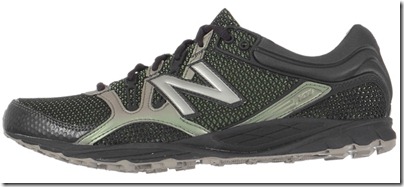
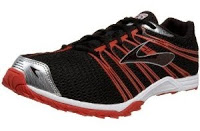














Thanks, Pete! I have been looking for a caliper lately and had no idea which one to buy.
It seems that all heel drop measurements are taken on unloaded shoes. While that may be a good starting approximation, the compressibility of everything in the shoe under the bottom of the foot with a load of average human weight probably needs to be taken into account to get a more accurate measurement. But that is just with standing still. Things get more complicated when you run in the shoes which, due to impact loads being 2 – 3 times greater than body weight, shoe compression can be even greater. And throw everything out the window if the forefoot area has a different compressibility than the heel area (like for air pockets in the heel but not the forefoot).
I guess all I’m saying is that while heel drop is good to know, one shouldn’t become overly obsessed with it.
Agree- that’s the point I made in the post I linked: https://runblogger.com/2012…
—-
Pete Larson’s Web Links:
My book: Tread Lightly – http://ow.ly/bdUO0
Blog: https://runblogger.com
Twitter: http://twitter.com/oblinkin
Facebook: https://www.facebook.com/Runbl…
Like so many others, I’m a little shoe-obsessed lately, and I’ve been making some big moves; I’ve dropped the orthotics and I’m trying to transition from Asics Kayanos to something closer to the ground.
I’m considering Asics Nimbus but it’s driving me crazy that I don’t know the heel drop of this shoe; do you or any other readers know the drop of this shoe? I’ve asked several seemingly knowledgeable running store owners and I’ve heard 10mm, 12mm, and 14mm.
Thoughts, opinions on Nimbus heel drop and the appropriateness of using it as a transition from Kayano?
(Yes, I realize they’re different beasts because Nimbus is neutral. I was once told by a podiatrist to use Kayano WITH orthotics, and now I have a new podiatrist AND a physiotherapist telling me to go neutral.)